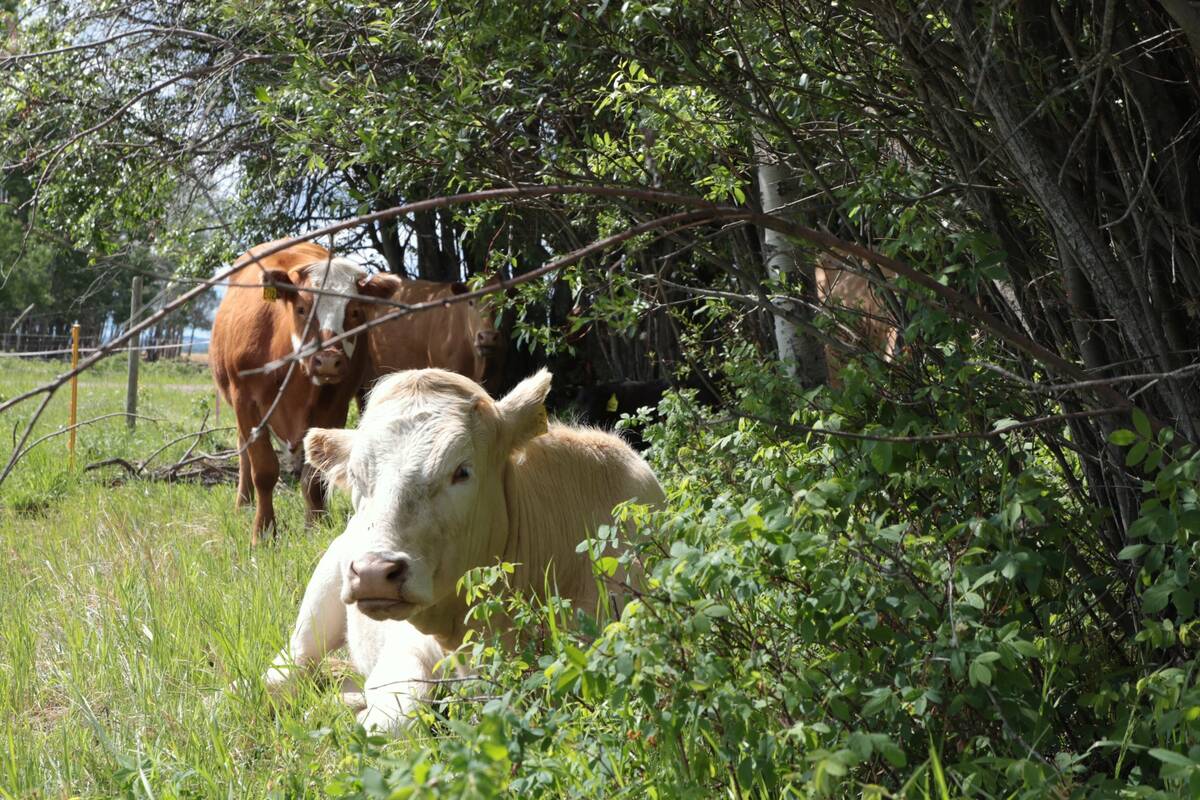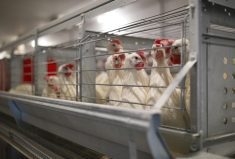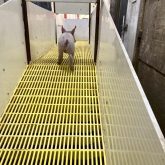When first assessing sick mature cattle, there are four main choices or treatment streams to choose.
Is it a treatable condition in which a positive response is likely? Is this a condition where the animal can be shipped for immediate slaughter? If the condition has gone past the point of return and the animal should be put down, or, in the case of cattle, does it qualify for BSE testing?
Finally, is it a condition just needing convalescence and tincture of time to improve? Patience is a virtue if the condition falls into this category.
Read Also

Hot tips for cow-calf beef farmers
From cattle vaccination and stomach ulcers to headline-making diseases like bovine tuberculosis: Thoughts from a long-time western Canadian veterinarian
More times than not, the situation falls into one of these categories, and the decision is to treat, call the veterinarian, or pull the plug.
Animal welfare and quality of care must be kept at the back of your mind. Also drug withdrawals and beef quality assurance rules must be followed. Purebred cattle with higher value may be assessed slightly differently, but one must still bear in mind the prognosis, which means the odds the animal will respond to treatment and recover.
Generally cows, and especially bulls, are tough and resistant to most infectious diseases (like pneumonia or histophilus) either through vaccination or natural exposure and resistance over time. Most conditions come about on an individual basis; somewhat related to age and wear and tear.
Because of economics, farmers may ignore treatment for some cases where we can get resolution of the problem. There is also the labour-savings component, but with today’s long-acting products the labour to treat animals daily is generally not required. In many cases a one- or two-shot regime can alleviate the problem.
The question is the decision by yourself, or with your veterinarian, whether the odds are good at getting a favourable outcome (either complete recovery or recovery enough where shipping for salvage is possible).
As with anything, the quicker you catch the problem the odds of getting a response improve. Mature animals may take longer to show clinical signs, and the protective mechanism for flight animals is to hide sickness as long as possible before they become prey. This is especially evident with bison or elk, but is somewhat true for cattle as well.
- From the Canadian Cattlemen: Disease prevention equals crisis prevention
Signs such as weight loss, last up for feed, slow deliberate gait, and head down are all general signs of a health problem. The question then becomes what is the problem and can it be treated?
Conditions such as wooden tongue, lumpy jaw, kidney infection, metritis, mastitis, retained placenta, localized peritonitis (hardware disease) and certain types of lameness can often be successfully treated. Your veterinarian — especially if he or she is examining the animal — can best advise the type and length of treatment. Both are key in the final outcome.
Conditions such as pneumonia or other respiratory issue such as emphysema, heart failure (fluid in the brisket), massive peritonitis or diarrheic conditions may not respond as favourably and a decision to stop or go forward must be made. Some may respond, but if there is no improvement after one or two treatments the prognosis is rather grim.
Lameness can result from injuries and bad feet, or be caused from sand cracks and stifle injuries. The majority of these either need work on the feet or time to heal. Only the true foot rot or hairy wart disease will really respond to antibiotics in any major way. Make sure you know what you are treating before proceeding. A lot of time and money is wasted treating lame conditions that simply need time or perhaps a foot trim, but often don’t need antibiotics.
Downer cows are another issue, which need close, prompt attention. A very thin or debilitated cow that has gone down most invariably will need to be put down. However, a cow in reasonable shape that has gone down suddenly or had a recent calving issue has a very reasonable chance of responding. Many are calcium, phosphorus or magnesium imbalances and can be treated with a favourable response. It’s best to call in a veterinarian in this instance as the products respond best if given intravenously. A veterinarian can best rule out other causes of downers such as a broken leg or spine, acute mastitis, metritis or toxemias and septicemias (blood-borne infections). Treatment varies considerably in these other conditions.
You will find making an informed decision regarding health of your individual mature animals is better made earlier rather than later. You will also find if antibiotics are used, often the older less expensive products such as tetracyclines, penicillins and sulphonamides may still give effective treatment. There is also one newer prescription product (given at the base of the ear) called “Excede” which is long acting (seven days) and has a very short withdrawal. So if treatment is ineffective the animal can be shipped after three days.
Your goal should be deciding when to ship, when to treat, and when to convalesce. Don’t prolong treatment in hopeless cases where animal welfare issues come into question. Consult with your veterinarian when in doubt, as each new condition can be quite unique.
















